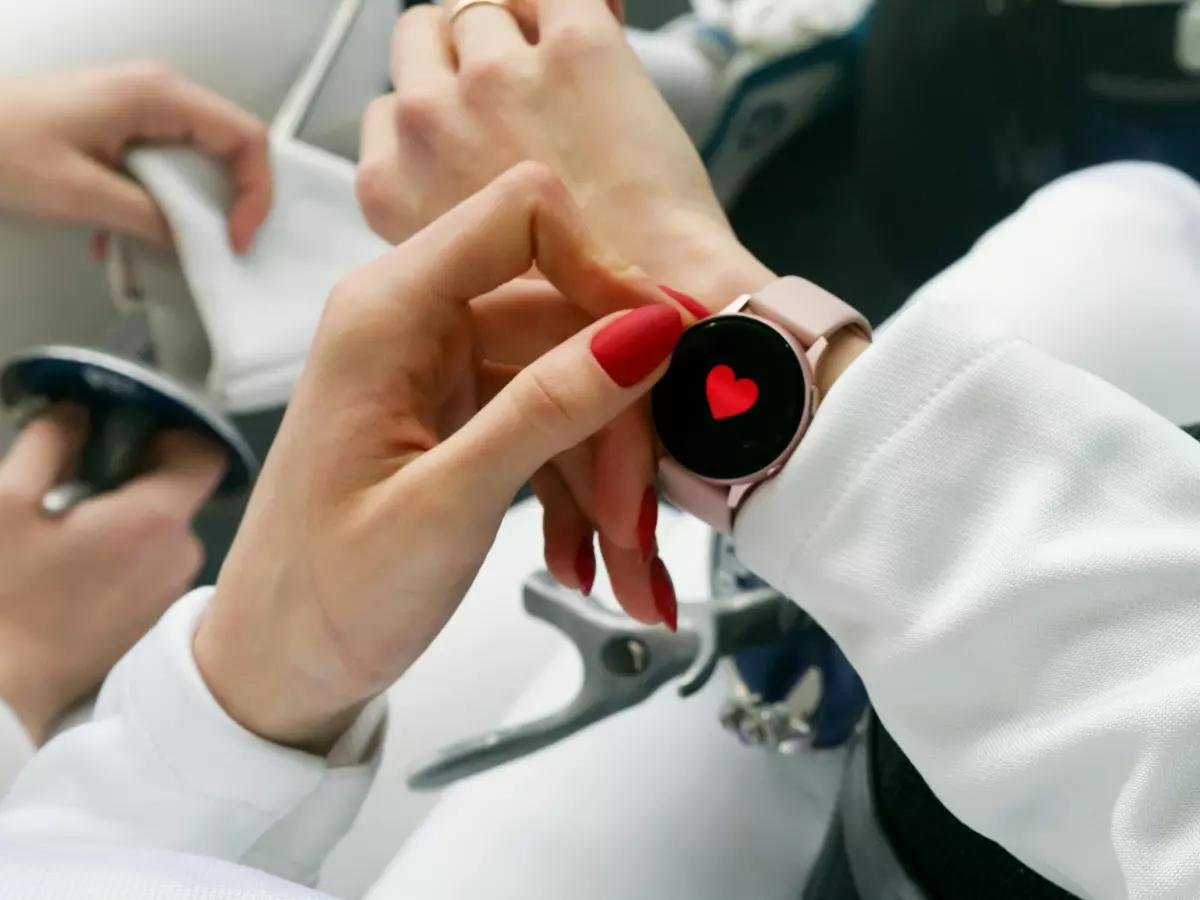Smart Power
Ever wonder if your wearable's battery is doing more than just keeping the lights on?

By Sophia Rossi
Wearables are all about convenience, right? They track your steps, monitor your heart rate, and maybe even give you a nudge when you’ve been sitting for too long. But here’s something you might not have thought about: the battery inside that sleek little device is doing a lot more than just powering it. It’s not just a dumb power source; it’s a key player in the wearable’s entire ecosystem, working in sync with sensors and software to deliver the seamless experience you’ve come to expect.
Let’s break it down. The battery in your wearable isn’t just there to keep the device running. It’s actually a smart component that interacts with the sensors and software in ways that most people don’t even realize. And that’s what we’re diving into today—how wearable batteries are smarter than you think and why they’re crucial to the whole experience.
Battery Life: More Than Just Power
When we talk about battery life, most people think of it in terms of how long their device can last before needing a charge. But there’s more to it than that. Wearable batteries are designed to work in harmony with the sensors and software, optimizing power consumption based on what the device is doing at any given moment.
For example, if your wearable is tracking your heart rate, the battery is smart enough to allocate just the right amount of power to the heart rate sensor. It’s not just blasting power indiscriminately. The battery knows when to conserve energy and when to go all-in, depending on the task at hand. This is why you can wear a fitness tracker for days without needing to charge it, even though it’s constantly collecting data.
Sensors and Battery: A Symbiotic Relationship
Here’s where things get really interesting. The sensors in your wearable—whether they’re tracking your steps, heart rate, or even your sleep patterns—are in constant communication with the battery. The sensors don’t just passively collect data; they actually adjust their activity based on the battery’s status.
Let’s say your battery is running low. The sensors can scale back their data collection to conserve power. Maybe your heart rate monitor won’t check your pulse every second, but instead every few minutes. This dynamic relationship between the battery and sensors ensures that your wearable can keep running as long as possible without sacrificing too much functionality.
Software Integration: The Brain Behind the Operation
Of course, none of this would be possible without the software that ties everything together. The software in your wearable is like the conductor of an orchestra, making sure that the battery, sensors, and other components are all working in harmony.
For instance, the software can predict when your battery is about to run out and adjust the device’s performance accordingly. It might dim the screen, reduce the frequency of sensor updates, or even turn off non-essential features to extend battery life. This kind of smart power management is what makes wearables so efficient, even with their tiny batteries.
And it’s not just about conserving power. The software also ensures that the data collected by the sensors is processed efficiently, without draining the battery unnecessarily. It’s a delicate balancing act, and the software is the key to making it all work.
The Future of Wearable Batteries
So, what’s next for wearable batteries? As wearables become more advanced, we can expect even smarter battery technology. Imagine a battery that can learn your habits and adjust its power output accordingly. If you always go for a run in the morning, your wearable’s battery could prioritize power for the GPS and heart rate sensors during that time, then scale back during the rest of the day.
We’re also likely to see improvements in battery life, thanks to advances in both hardware and software. Smaller, more efficient batteries will allow for even sleeker designs, while smarter software will ensure that every drop of power is used as efficiently as possible.
In the end, the battery in your wearable is far more than just a power source. It’s a crucial part of the entire system, working hand-in-hand with sensors and software to deliver the seamless experience you’ve come to expect. And as wearables continue to evolve, so too will the batteries that power them.
So, the next time you glance at your smartwatch or fitness tracker, remember: that tiny battery is doing a lot more than just keeping the lights on.




